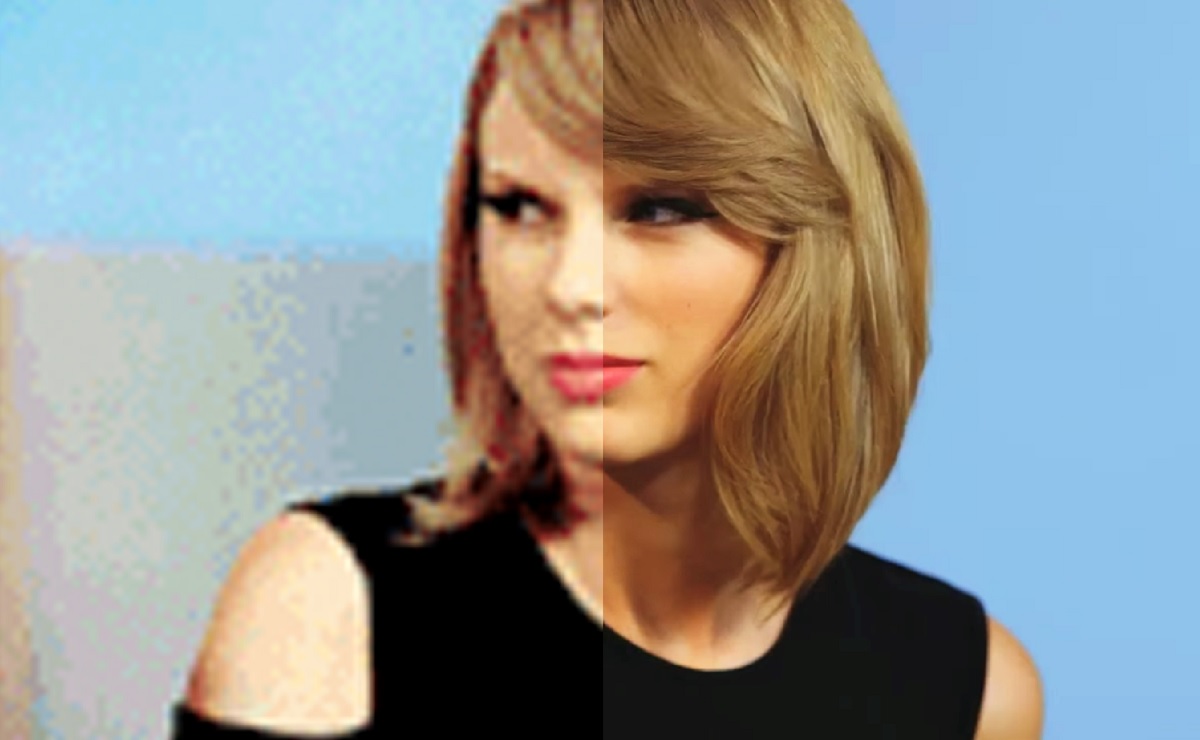Has artificial intelligence ever been put to a more silly human endeavor? Gfycat said it is launching Gfycat AI to apply machine learning to improve animated GIFs (the silly moving images associated with Internet memes in the graphics interchange format, or GIF) with features like better face recognition and video game character identification.
Gfycat AI has three distinct machine learning projects: Maru, Felix, and Angora. They’re all named after cats, which are an Internet obsession.

Unlock premium content and VIP community perks with GB M A X!
Join now to enjoy our free and premium membership perks.
![]()

![]()